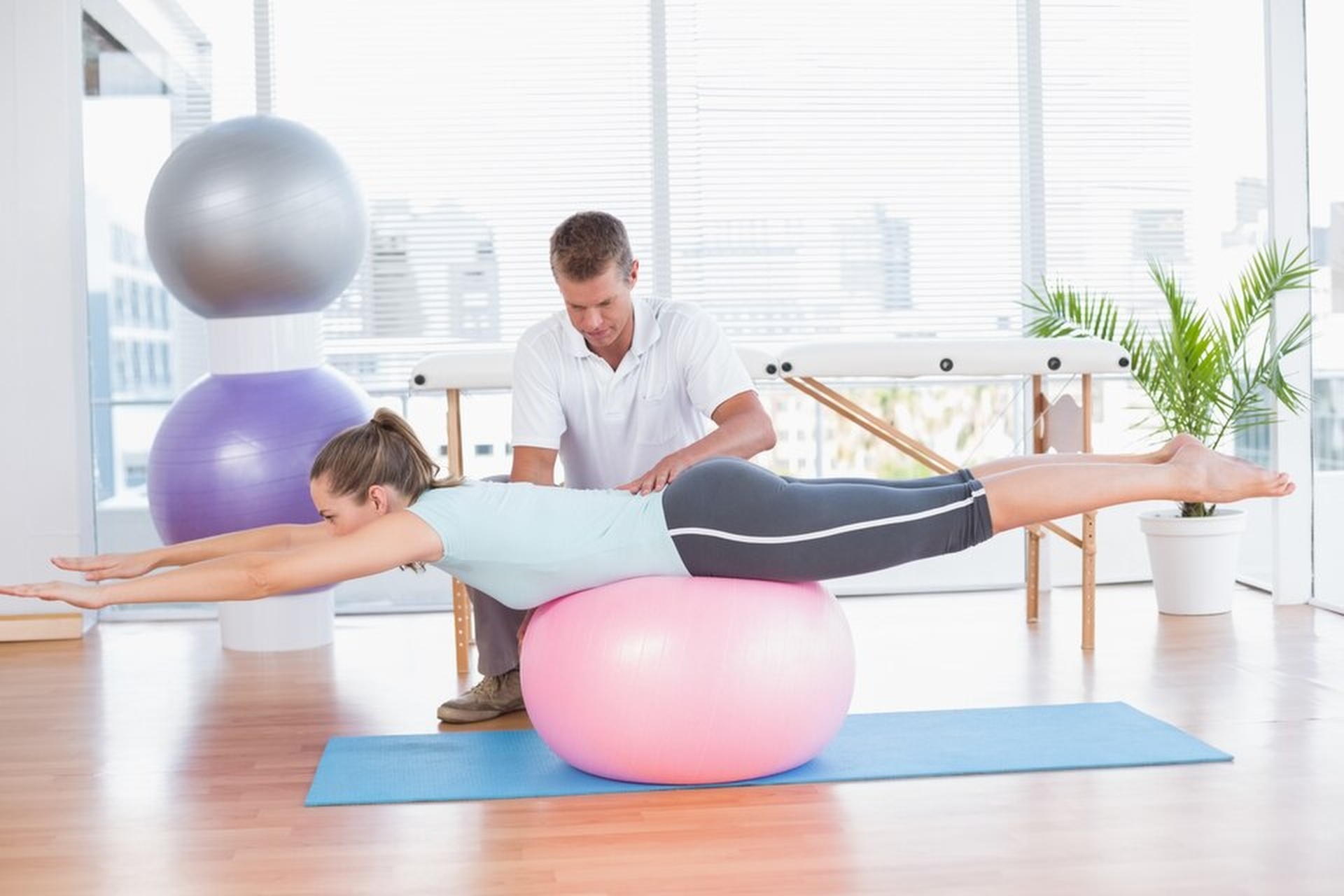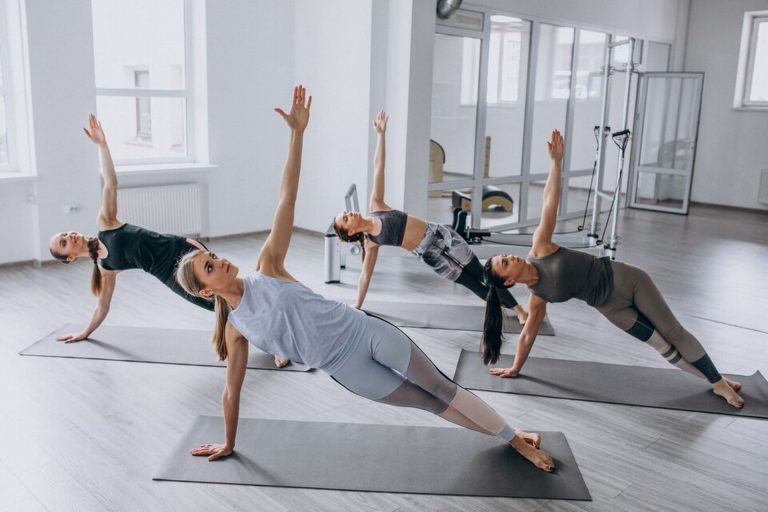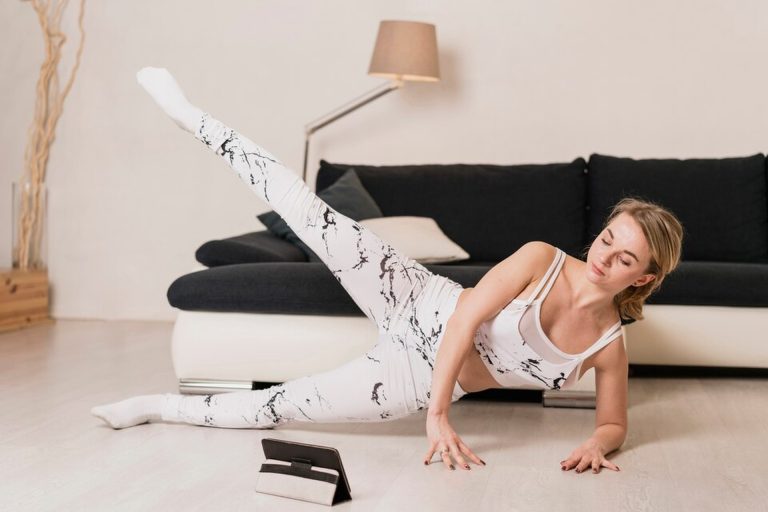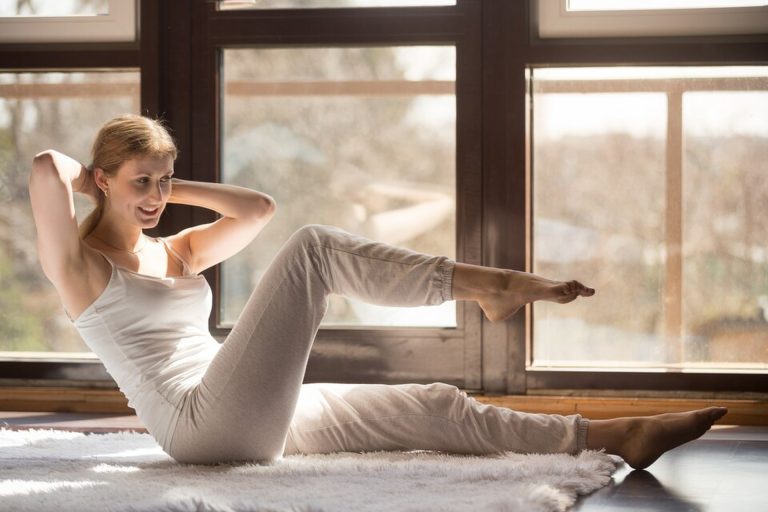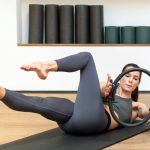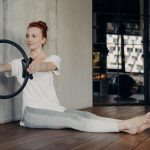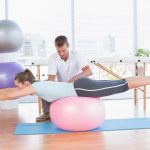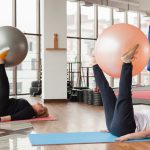Pilates is now used by many people in therapy and hospitals, they do this to help heal the body slowly and safely. It makes you strong slowly, and it needs you to move under control and focus on the right steps. When you have pain or after injury, this type of exercise helps you heal without high stress.
Pilates Promotes Safe Low-impact Movement
Why Low-impact Matters For Rehabilitation
When your body is healing, you must avoid hard work because it will harm the joints and can cause new pain. High-impact sports like jumping or heavy lifting make injuries worse, but Pilates helps your parts move safely with less pressure.
When patients do high-impact workouts, their body gets more tired, and they might hurt again before healing is complete. They must avoid that. So Pilates comes with slow movement, and this is useful in early healing days.
Gradual Progression Of Difficulty
Pilates exercises are easy to change and match everyone, whether they are old, young, hurt, or fit. It helps them all. People who have undergone surgery or were injured can use simple moves first and then do harder things later.
It is good because you stay comfortable and your pain stays low while your body is still working to get strong and fit again, step by step, and it is safe. Using machines like the Reformer helps you do big moves, but with support, this is very helpful.
Strengthens Core Muscles Essential For Stability
Role Of Core Engagement In Injury Recovery
Your core is like the base of your body. When it is weak, many bad things happen, like back pain or leg problems, which make walking and standing hard. Pilates makes your body use its full balance by focusing on the middle parts, which is great for full support.
Many injuries happen because people use the wrong muscles in basic walking, lifting, turning, and they forget the core is the main. Pilates will make that muscle group work, so you will not fall or twist wrong again.
How Pilates Targets Deep Stabilising Muscles
Many gym exercises only work the outside muscles, but the inside ones are more important, and Pilates finds and works them well. These deep muscles give support to the spine, hips, and neck and help you feel upright.
People with pain in their back or hips say that once they start Pilates, they feel stronger and do not fall; often their body moves better as those small deep areas get more power. Therapists have used this in clinics for a long time now.
Supports Neuromuscular Re-education
Restoring Movement Patterns After Injury
Your brain must tell your body what to do and if you get hurt this link will break or become weak so you must fix this. Pilates makes you think and feel every move and that helps the brain to learn the correct pattern back again. Pilates is slow and careful and when people do it they start understanding how their own hands and legs are moving correctly or wrong.
Improvements In Functional Movement And Coordination
Many patients move in the wrong ways after injury because they feel pain and change their position. This is not good. Pilates helps them notice these wrong steps and fix them slowly without pain but with lots of care for every step.
They feel better and start walking, sitting, and climbing stairs with less chance of falling or having another injury. Alignment becomes better, and muscles share their work in a balanced way.
Top 5 Conditions That Benefit From Pilates-based Rehabilitation
- Chronic lower back pain: Pilates helps reduce stress on the spine and teaches proper muscle use for daily movements.
- Post-surgical joint recovery: Patients can start slow, gentle moves that protect the joint while rebuilding strength.
- Shoulder impingements and rotator cuff injuries: Controlled arm exercises improve range without putting stress on tendons.
- Spinal conditions like scoliosis or misalignment: Pilates supports even posture and builds support for spine muscles.
- Neurological issues such as multiple sclerosis or stroke recovery: It helps improve balance and reconnect the mind to motion.
People all around the world with pain in bones and muscles choose Pilates because it gives small movements but deep help. They do not feel scared in class and follow the steps as per the teacher, they become stronger in a few weeks. Doctors often tell older patients or people to join a custom class just for their needs.
Key Principles Of Pilates That Align With Rehabilitation
Concentration And Breath Control
When you breathe in and out from deep inside, it brings oxygen all over and controls how you move. This is good in therapy. Breath also helps you stay calm and pay full attention to what you are doing with your muscles. Patients who focus on breath get better at doing complex things like balance and step work because their brain and body work at the same time.
Precision And Flow
You have to move in the right way, not fast or sudden, this makes the muscle work exactly where needed. Each movement in Pilates is for a reason that makes therapy better and not random. When things flow smoothly, it means less tension and more grace; also, patients stay relaxed while fixing hurt areas slowly.
Centring And Alignment
The midpoint of your body is where all things connect, and Pilates tells you to use that to control feet, arms, neck, and even eyes. The body must be straight, upright, and not bent or leaning; it stops new injury from happening. When you know your posture and fix it every day, your pain goes down because the skeleton supports you better, and you walk tall.
7 Benefits Of Incorporating Pilates Into Rehab Programs
- Improved body awareness and proprioception: Patients learn where their body is in space, and that helps avoid accidents during recovery
- Increased flexibility and range of motion: Tight muscles get soft again, and people can stretch and reach more than before
- Enhanced muscular endurance without added strain: Patients build strength slowly, which is safer and lasts longer than quick gym exercises
- Reduced pain and inflammation through controlled movement: Doing careful repetition helps blood move and swelling go away
- Better mental focus and emotional regulation during recovery: Mind and mood feel better when the body moves and breath flows in a calm way
- Customizability across all recovery stages and abilities: No matter what stage you are in your healing, Pilates has something for you
- Long-term prevention of re-injury and sustained fitness: With the stable system, you will not fall back to pain and stay fit for a longer time
These points prove that Pilates is more than just a stretching class it can be full physical training for healing people. When someone hurts their shoulder or back or even brain area like stroke they can still do Pilates for slow but correct support. Each person gets moves that their body can do and goals match their speed.
Conclusion
Pilates is now a top choice for rehabilitation because of five big reasons, like safe movement, strong core, better coordination, condition-specific use, and healing principles. It adjusts for all patients with slow and smart steps, which makes it very helpful in medical situations. If you are looking to recover healthily and steadily, then talking to a trained Pilates rehab expert or asking your doctor can be the best first step. Your recovery will become better when you move with an awareness posture and peace inside your breath every time.

